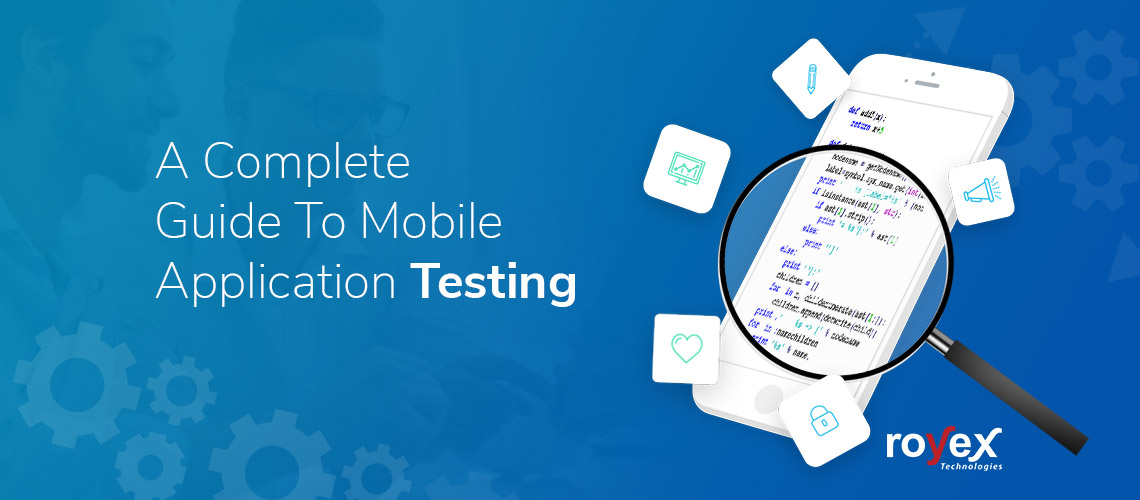
A Complete Guide To Mobile Application Testing
Nowadays, mobile phones have a vital role to play in our life. From a device for communication it has been advanced to a gadget that can perform everything. What is actually helped for this evolution? Yes, the mobile applications. Those applications are helping us to use phones for various purposes like banking, ordering food booking cab etc.
How are these applications working?? Have you ever thought about it? All these are going through a lot of process before being available at your fingertip.
One out of this is TESTING. Testing is a process which all the applications will go through once it is developed. This is done to assure the quality of the application before it is released. Testing is done on the basis of
- Usability
- Functionality
- Security etc.
This enhances the application efficiency and helps to be reliable amongst the users.
Significance of Mobile Application Testing
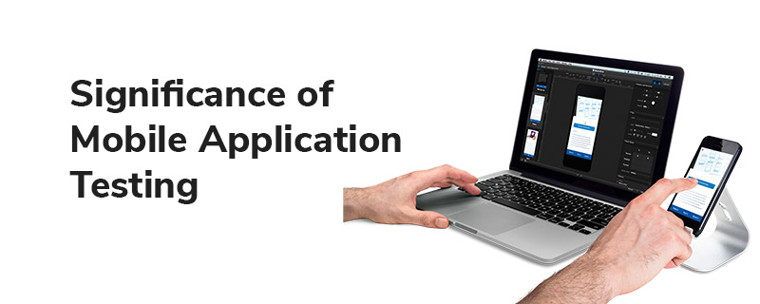
Testing plays an important role in mobile application selection by the users. Out of 1000 applications which are available for one need, ratings and reviews are the deciding factors as they are directly connected to the performance.
New features in the applications will make the users happy and bug fixes will make sure that it will remain in their gadgets without being uninstalled. So testing is essential for the “survival” of applications.
Types of Mobile App Testing
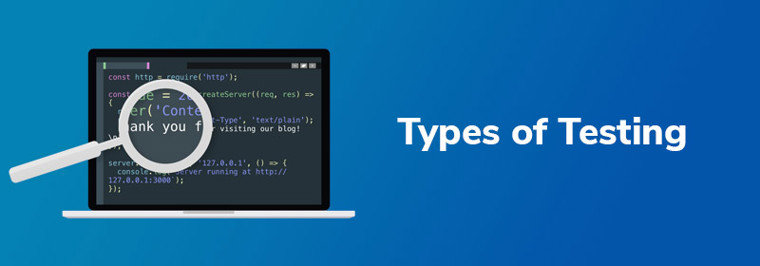
Mainly there are two types of testing
- Manual Testing
- Automated Testing
Manual Testing
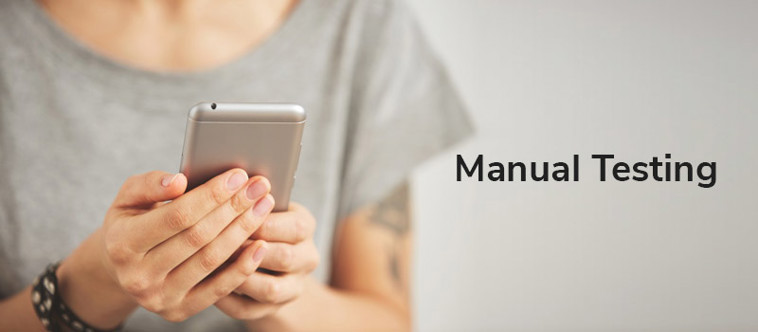
From the name itself it is clear that this needs human interference and the main focus is on user experience. In this process the application functionality will be tested manually and check for the bugs. This will be a time consuming approach as the bugs are recognized manually but will be more user oriented as it ensures the application is up to the standard of user friendliness.
Manual Testing is crucial for agile development. Mainly, manual mobile testing can be done in two ways.
Real devices as Testing Platform
One of the easiest and accepted ways of manual testing. In this applications will be added to real devices like mobile phones. This will help the QAs to analyse the application behavior and performance in a real environment. Also there are virtual platforms which provide a wide range of Android and iOS devices where the application can be loaded and select the device for testing.
Testing on Emulators or Simulators
This is one of the time consuming approaches where the QAs need to identify the number of devices their app must be tested on and download the emulators of each device. Main drawback of this approach is the test results from this will not be accurate as emulators have limitations with the functions when compared to real devices.
Simulators are mainly used for iOS devices. When compared to emulators this will provide more accurate data. Both these can be used in the initial phase of development however not reliable in later stages as the results may not be accurate.
But the major concerns for all QAs now are
- Acceptance of developed apps in all the latest Android and iOS devices.
- Compatibility of the developed apps with the older versions of Operating Systems.
Importance of Manual Testing
- Human involvement can discover usability issues and user interface glitches which automated test scripts can’t fetch.
- Exploratory testing is only possible in manual testing where automated testing carries out on certain boundaries.
- With human interference loop holes and bugs can be avoided to a certain extent.
- Less cost involved.
- 360 degree checking in all aspects.
Automated Testing
Testing carried out by using automation tools which will make the process faster with less human intervention. However these are suitable for large scale projects which need repetitive tasks and this also needs more cost.
Some of the major Android Automation Tools are
- Appium
- Selendroid
- Robotium
- Ranorex etc.
Challenges of Mobile Application Testing
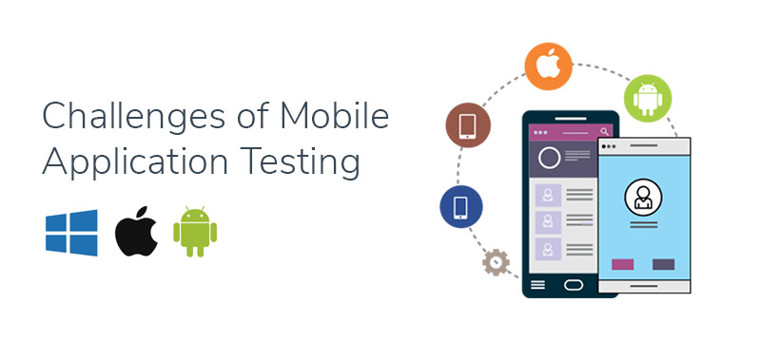
Since mobile testing is different from the normal testing process of Desktop or Web Applications there are certain challenges also. One main challenge is the wide variety of mobile devices with different operating systems, screen sizes and software options available in the market. Some major factors are listed below.
Variety Tools – Various tools are available today for the mobile application testing. Choosing the right one for the application is very important for effective and successful testing.
Connectivity Types – Since we have different types of connectivity like 2G, 3G, 4G etc, testing needs to be done by connecting the device in each type.
Various Operating Systems – Even though Android and iOS are the main mobile platforms, there are various other operating systems available these days. This will impact the time taken for testing.
Fast Actions – Mobile Application bugs need quick fixes and actions on these should be fast. Then only this will have the demand.
Royex Technologies is a mobile app development company based in Dubai. We have worked with more than 300 clients globally since 2013. We have developed over 50 mobile apps of all kinds so we have the skill and expertise to deliver you a quality finished product that will grow your business. For more information please visit our website at www.royex.ae or call us now at +971566027916





